When workers are exposed to heat at different temperatures while performing work, they may become ill from a range of heat-related illnesses (see below). A range of work activities and work environments may increase a worker’s body temperature whereby it results in heat illness. Many people often seek to define working in the heat at a specific temperature but scientists recognise that there are many factors which affect a persons ability to work in the heat. These include air temperature, air flow, humidity, radiant heat sources, the work requirements, and can include the workplace itself. Most people feel comfortable when in temperature ranges of 20°C and 27°C and when the relative humidity ranges from 35 to 60 per cent however our bodies can work comfortably outside these ranges.
You should consider clothes that cover as much skin as possible with a UV rating to minimise effects when working outdoors. Light colours and light breathable fabrics like cotton or cotton blends are considered best. Wear a well-vented, wide-brimmed hat (at least 7.5 cm width) to protect your face, head, neck and ears from the sun. Avoid caps as they provide little protection. UV rated safety glasses should be worn to protect against eye damage from the sun. 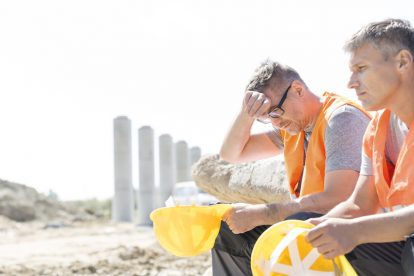
Water is generally considered the best drink to stay hydrated while working in extreme heat. Most physicians advise drinking cool water in small amounts often to maximise the chance of hydration. Stay away of diuretic drinks like tea, coffee and other high caffeine drinks. You can also read our article which explains more information on hydration
Fair Work Australia do not regulate work in heat however, some modern awards and workplace agreements may have provisions associated with work in hot environments. Work in the heat is governed by workplace health and safety regulations across Australia.
In essence, employers have an obligation to ensure that workers are not exposed to excessive heat that might cause illness or medical condition at work. Employers have a responsibility to assess conditions, environments and individual workers for their capacity to work in a specific hot environment.
If you’re wondering is there a maximum temperature that you can be exposed to, the simple answer is NO. But all employers have an obligation to ensure that workers do not suffer the effects of heat-related illnesses.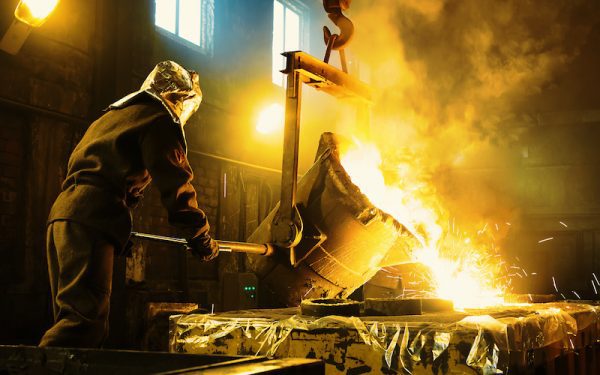
The simple answer is YES! It is a requirement under law to ensure that workers are not exposed to excessive heat that may result in effects on a workers body. A duty of care obligation exists that requires the persons in charge of a workplace to manage health and safety risks ( including heat) by eliminating them so far as is reasonably practicable, and if this is not reasonably practicable, by minimising those risks so far as is reasonably practicable.
NO. There are no specific legislated standards that define a temperature benchmark when working in the heat. This is because there are many factors that must be considered for individual workers and the environment in which they are working. These factors should include general health, body weight (being overweight or obese can make it more difficult to cope with heat), age (particularly for people about 45 years and older), poor general health a low level of fitness will make people more susceptible to feeling the extremes of heat, certain prescription and illicit drug use medical conditions (can also increase how susceptible a person is). People with conditions such as heart disease, high blood pressure, pregnancy, respiratory disease and diabetes may need to take special precautions.
In addition, people with some types of skin diseases and rashes may be more susceptible to heat. We do note that some workplace agreements do have ‘working in heat’ provisions and you should check this with your employer or employee representative.
A simple calculator may assist you to assess your risk of heat stress. Workplace Health and Safety Queensland have a simple calculator here
A range of conditions exists when workers are affected by heat. These can include fainting, heat rash, heat cramps, heat exhaustion, and heat stroke in the very worst scenario The common side effects of working in excessive heat include:
1.Heat rash. Your skin may become irritated (redness) when you are exposed to excessive heat
2. Heat cramps. Your muscles may cramp as a result of heavy sweating without replacing salt and electrolytes.
3. Fainting. Can occur when workers stand or rise from a sitting position.
4. Dehydration. As you sweat more it may lead to dehydration if you don’t stay hydrated.
5. Heat exhaustion. Occurs when the body is working too hard to stay cool.
6. Heat stroke. Occurs when the body can no longer cool itself (typically above 40 degrees C). This can be fatal and result in brain damage if untreated,
7. Burns. Can occur if a worker comes into contact with hot surfaces or tools.
8. Slips. A worker will sweat more in hot conditions which can increase the risk of slips – for example, a worker might slip when using sharp tools if their hands are damp.
9. Reduced concentration. When working in heat it is more difficult to concentrate and a worker may become confused. This means workers may be more likely to make mistakes, such as forgetting to guard machinery.
10. Increased chemical uptake into the body. Heat can cause the body to absorb chemicals differently and can increase the side effects of some medications and alcohol.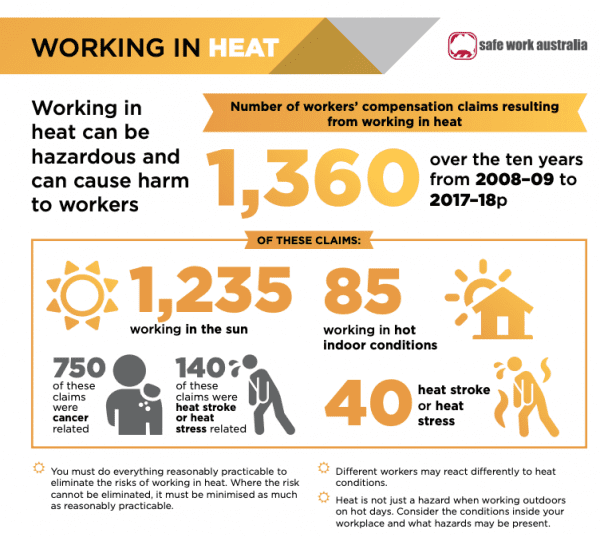
Most health and safety regulators across Australia have information on managing heat at work. You can also consult the Bureau of Meteorology for Heatwave Alerts. You can also watch the video below.
There are a variety of methods for responding to heat related illness at work. Patients with heat injury can present initially with nonspecific symptoms such as muscle cramping, as well as nausea and vomiting. However, sometimes collapsing is the first sign, and sweating often varies. As the patient’s temperature and the extent of the injury increases, altered mental status, seizures, and cardiovascular collapse can occur. The key treatment for Heat Exhaustion:
• lie the victim down in a cool environment or in the shade
• loosen and remove excessive clothing
• moisten the skin with a moist cloth or atomizer spray
• cool by fanning
• give water to drink if fully conscious
• call for an ambulance if not quickly improving.
Notes The Information provided is general education in nature. Conditions should be assessed at the specific workplace and the heat-related conditions encountered.
Read more on our range of Heat-Related Articles at AMSJ including tips to manage heat at work.




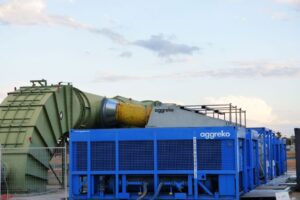
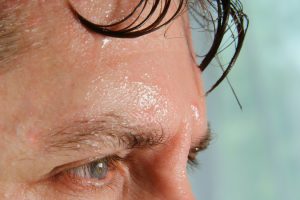








Add Comment